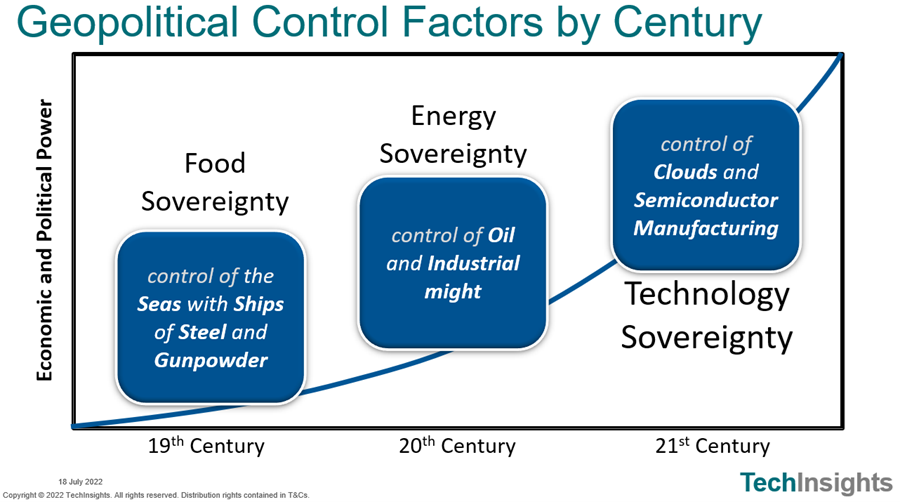Chiplet Strategy. Chips Act: how long. The Transistor’s 75th Anniversary. Becoming Great.

G. Dan Hutcheson
The Chip Insider®
Chips and Chiplet Strategy: It is a strategic error to believe a chiplet strategy without big silicon will be competitive. Some strategic thinkers are promoting the concept that packaging multiple chiplets of mature and legacy silicon in an advanced package will offset the disadvantages the mature silicon brings against its big silicon alternatives. Note, I’m introducing the concept of ‘big’ silicon here to contrast it with mature silicon and avoid the word ‘immature’ because big silicon is anything but immature, with the exception of “risk” production wafers. I am calling it ‘big’ because of its big cost, big die size, big performance, while each transistor sips little power. In contrast, mature silicon delivers lower cost, smaller die size, lower performance, while each transistor drinks more power – legacy silicon can down power like it’s tequila shots on a Friday night. Instead, a chiplet strategy with mature silicon is more than swapping out the 488 engine in a Ferrari Pista for a Ford flathead 4. And that’s a key point: the efficient chiplet strategist is.
The Chips Act: How long will it take with market conditions shifting quickly from shortage to glut. It was not about fixing short-term shortages, for which government investment could never be a solution. Instead, it was about having greater diversity of supply so that such shortages would be less likely to happen in the future. It was also around national security, because semiconductors are essential to leadership in this century. In the early 60s, President Kennedy said, “We choose to go to the moon in this decade and do the other things, not because they are easy, but because”

The Transistor’s 75th Anniversary: This December will be a special month to celebrate the history of our industry. More than an anniversary, there are a lot of R&D and marketing lessons to learn from their discovery. Mervin Kelly, Bell Labs Director of Research at the time had a vision for a switch that had no moving or hot parts.
Becoming Great: The transistor became great because Mervin Kelly understood the problem and the solution. While Kelly’s vision was following a research-and-then-develop vector, it would become great because it was a direct application of the market creation maxim of “Problems are markets and solutions are products.” a solid-state version that brought the clear benefit of PPAC, as industry insiders now like to call it (Power, Performance, Area, and Cost). An important lesson here is the tight linkage between R&D, markets, products, and their ultimate value to the world. Markets and products don’t appear without R&D solutions to problems. Development of solutions to wants that are not needed with few benefits are a waste of resources no less than building bridges to nowhere. Leading R&D in a productive direction that creates growth is about having a grand strategy around products, markets, solutions, products, needs, and benefits while ignoring the wants and features.
“Strategy requires a sense of the whole that reveals the significance of respective parts.” – John Lewis Gaddis
Click here to get more information about Semiconductor Chip Market Research Services
Free Newsletter
Get the latest analysis of new developments in semiconductor market and research analysis.
Subscribers can view more articles in the TechInsights Platform.
You must be a subscriber to access the Manufacturing Analysis reports & services.
If you are not a subscriber, you should be! Enter your email below to contact us about access.









